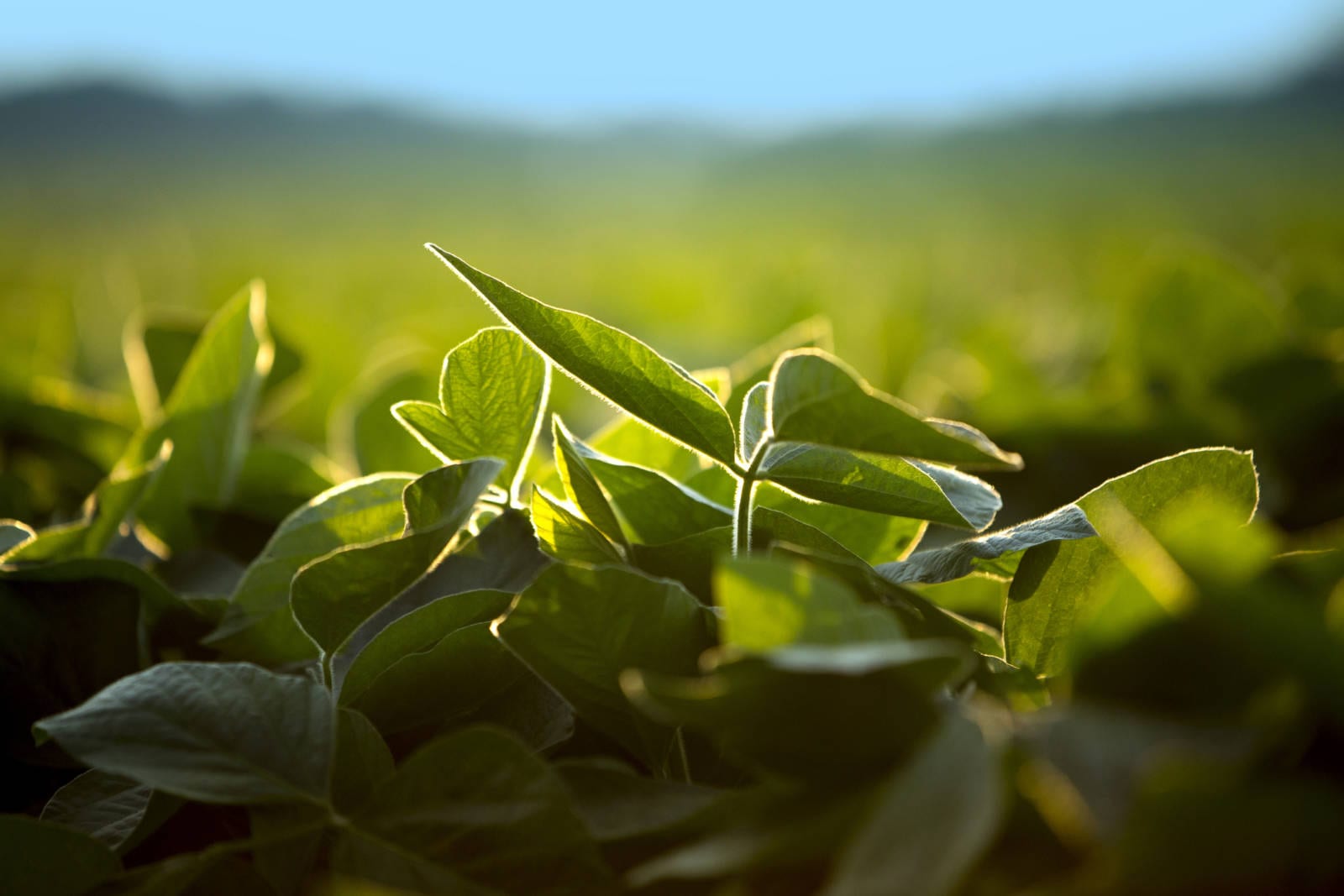In the field or in the fryer, high oleic meets needs
You expect the seeds you plant to meet high standards. Soybeans have to perform, and they need to fit your system for managing pests and weeds. As you make seed decisions for next year, take a look at varieties that meet those tough standards and create demand for soybeans.
Specialty soybean varieties are one way to bring in extra revenue, but farmers want options that can yield competitively with their commodity soybeans. The soy checkoff continues to work with seed companies to bring competitive high oleic varieties to market in more maturity groups. These varieties make a difference for end-use customers and can stack up against top commodity varieties in the field.
In-field performance
John Motter has grown high oleic soybeans in northwest Ohio for five years.
“They are hearty and emerge better each year in our fields,” he says.
Farmers growing high oleic across the country report that the varieties perform competitively when compared with commercial varieties and can be managed similarly for pests and weeds.
“You really can’t tell a difference from a production standpoint,” says Bill Beam, a farmer growing high oleic in southeast Pennsylvania. “I encourage farmers to give it a try – you really don’t do anything differently, other than, obviously, you have to keep high oleic separate from your conventional soybeans. So, I don’t see any reason not to grow it.”
The soybeans shown below are a side-by-side comparison of commodity and high oleic varieties.
